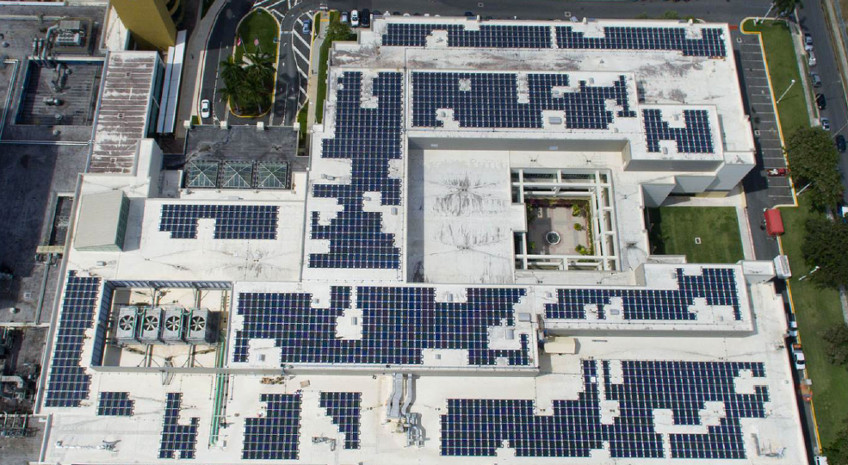That is exactly correct, unirac u-builder for instance gives us the ballast layout, number of blocks, and provides a pounds per square foot (PSF) that an engineer then analyzes. The big fear is if your ballast is too heavy you can cause a dip in the roof deck and get some pooling. No bueno.
The other factor no one has discussed that I saw is the seismic hold down requirement. Most ballast jobs we do require a hold down or two in earth quake country so nothing hops off the roof.
For small resi with a lot of penetrations and obstructions, ballast mounts can be a nice tool.
For large commercial, ballast is the only way to go on a TPO flat roof. I prefer Unirac Ecofoot 2, it’s super easy to work with.


